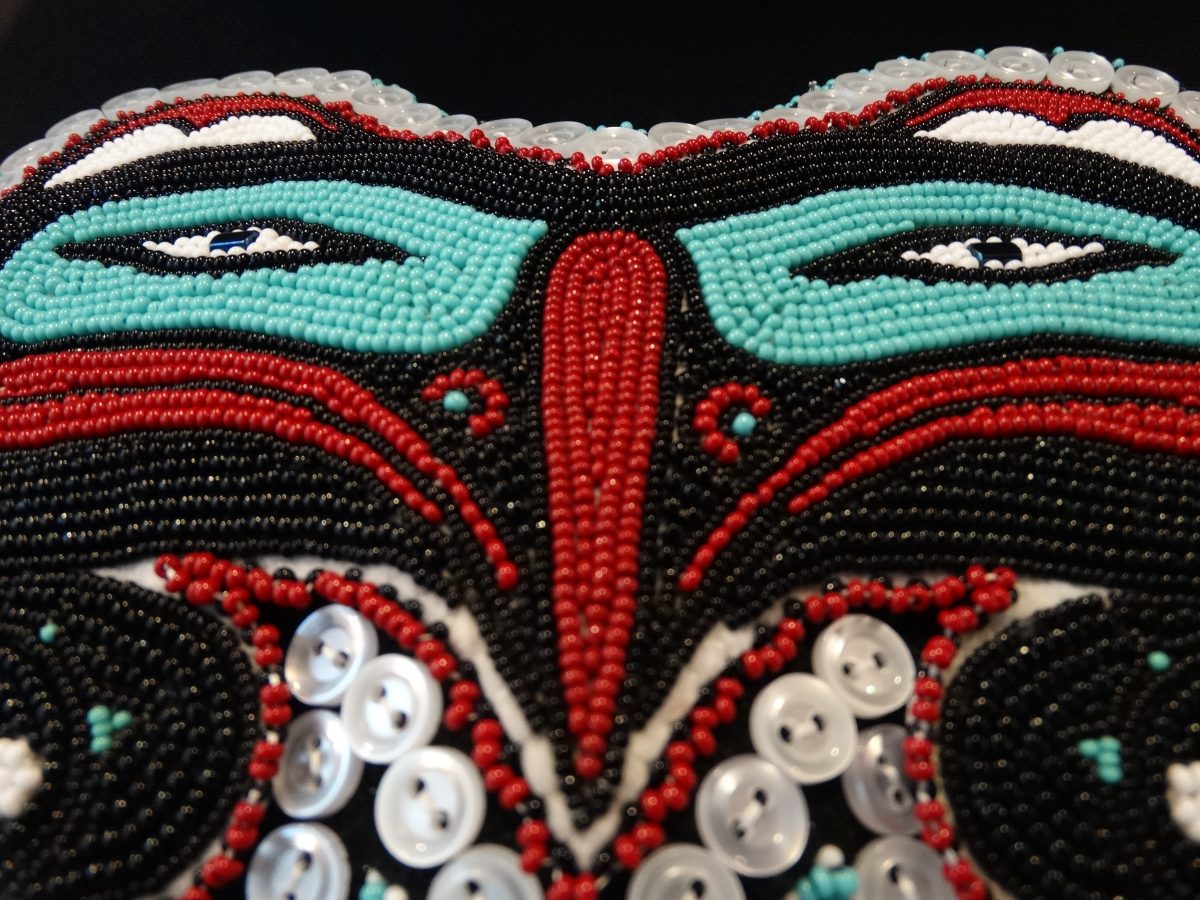I’m really interested in mythology and how the values portrayed are reflected in the culture. In Southeast Alaska where Native Alaskan groups were constantly interacting with each other by necessity and forced proximity, it makes sense that a lot of their myths would be similar–however, there are enough differences that were clearly important enough to have survived to the present day, and I would like to build a lesson that allows students to pick up on those differences while providing them an opportunity to extrapolate what those details could have meant to the corresponding culture. Deduction and Interpretation!
I would start by having the class pair up and tell their partner a story they were told when they were growing up, then vice versa–when I call on a few kids to share I want them to tell me their partner’s story, and what they think the lesson in that story might have been. (ex: “Jimmy’s parents told him if he didn’t eat his vegetables his teeth would fall out. I think this means Jimmy’s parents valued vegetables and thought Jimmy wasn’t eating enough of them.”) This puts value on active listening as well as extrapolating cultural values based on context cues.
Next I’d divide the class into four, and hand each group a paper with either a Haida, Tlingit, Eyak, or Tsimshian myth about Raven stealing the sun. In their groups they’ll read aloud the story and talk about what might be important details, and what might be cultural values. They will then create a short (2-3 minute) play where students who are not acting are taking turns being narrator.
Because the myths are so similar students will realize they are all telling variations on the same story as soon as the first group performs. They’ll also be able to spot the differences immediately–whether Raven turns into a spruce needle or a feather, etc–and begin to formulate ideas as to why these details might have been different.
To further illustrate that point, though, I’d like to have a table drawn up with columns reading ‘In the beginning the world was ____’ and ‘the entity withholding the light was ____’ and have the kids fill in the blanks on the board for their group’s culture. In the end we’ll have a big visual representation of all the differences, and at this point we’ll be able to discuss why things might have been different/what those differences represent.
Other questions may arise as well: Is Raven a trickster or a hero in these stories? Does he represent what you should or what you shouldn’t do? The goal of this lesson is to get students thinking about why stories are told and how different details can change the meaning of the story, as well as exposing them to Alaskan Native Culture.
To finish the lesson I would ask them to think of something accidentally-swallow-able they might change themselves into that represents a valuable item in their culture. It could even be a short homework assignment, 200 words on what you value that can be represented by something small. This will get them thinking about their own individual culture and promote awareness and introspection.

I really like this idea. I’ve heard that the raven is the smartest bird. I’m wondering if the lesson might have another dimension if you gave students some background in animal behavior and they could be asked to discern how that related to the creatures’ mythical disposition. It certainly reinforces notions of indigenous ways of knowing the natural world.
That’s a really good idea! I know there are a lot of videos on the internet of ravens doing weird/interesting things–it might be neat to incorporate one of those at the start of the lesson just to get their juices going.